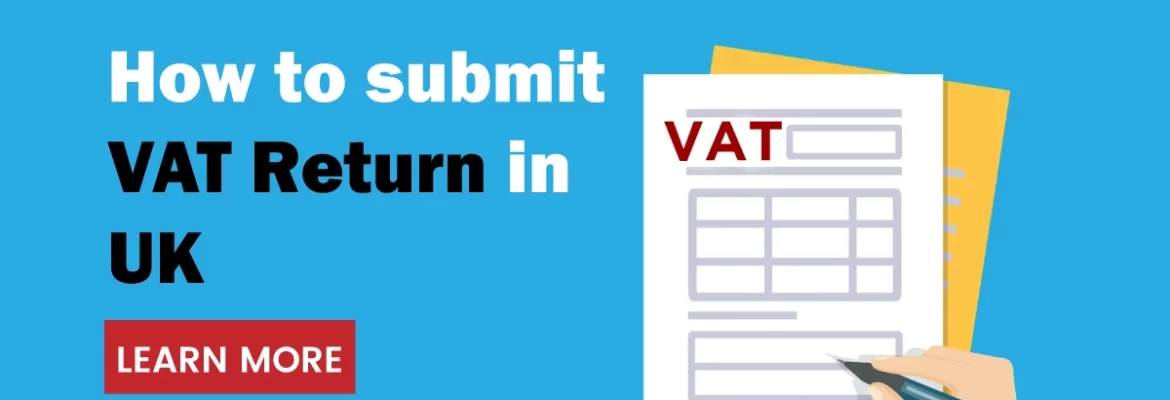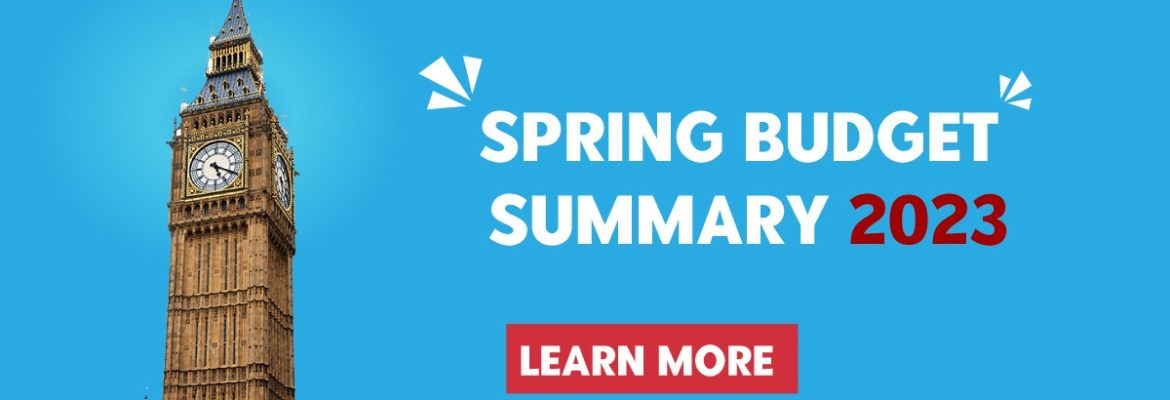Introduction Value Added Tax (VAT) is a tax on the value added to goods and services during their production and distribution. In the UK, businesses that are registered for VAT must submit regular VAT returns to HM Revenue and Customs (HMRC). Failing to submit VAT returns accurately and on time can result in hefty penalties […]










